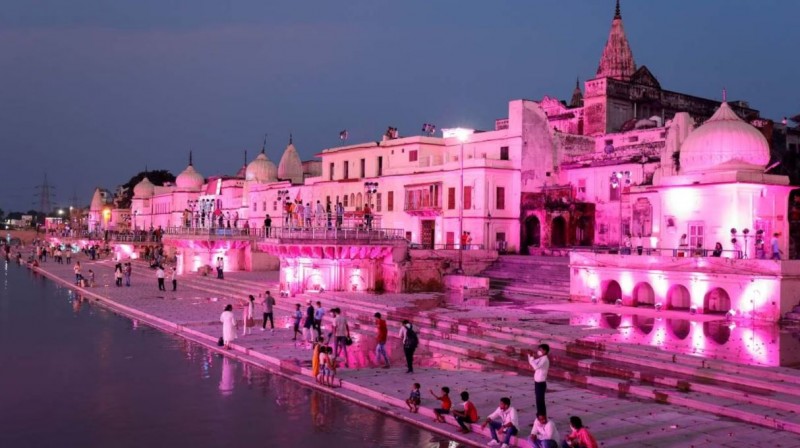
Ayodhya, a city revered in Hindu mythology as one of the holiest and most ancient among the seven sacred cities, has witnessed the inauguration of the Ram temple on January 22, 2024, marking a significant moment in its history. Let's delve into the origins of this city, its first rulers, the illustrious dynasties that graced its throne, and its current monarch.
Founding of Ayodhya:
According to Hindu scriptures, Ayodhya was established by Swāyambhuva Manu, the progenitor of humanity, along the banks of the Sarayu River. Legend has it that when Manu expressed his desire to create a city, he sought guidance from Lord Vishnu, who directed him to a suitable location in Ayodhyadham. With the assistance of Lord Brahma and the celestial architect Vishwakarma, Ayodhya was built, becoming the cradle of civilization.
The First Kings of Ayodhya:
While the Ramayana attributes the founding of Ayodhya to Vaivasvata Manu, the Mathura tradition suggests that he was succeeded by the great King Harishchandra. However, the Jain scriptures mention Rishabhanatha, the first Tirthankara, as one of Ayodhya's early rulers. His son Bharata is renowned for his benevolent rule and is celebrated as a legendary emperor who expanded his kingdom throughout the Indian subcontinent. Under Bharata's reign, Ayodhya flourished as the capital of his vast empire.
The Last Monarchs of Ayodhya:
The accounts vary regarding the final rulers of Ayodhya. Some sources claim that Bṛhadvala, of the 44th generation of Kush, was the last king, whose demise occurred during the Mahabharata war at the hands of Abhimanyu. Others attribute the end of Ayodhya's monarchy to Sumitra, the ruler during the 4th century BCE. Nevertheless, Ayodhya continued to thrive under the Gupta dynasty's governance before transitioning into various subsequent regimes.
Ayodhya's Literary Legacy:
The city's rich history has been immortalized in numerous literary works, notably Kalidasa's epic poem "Raghuvamsha." Through exquisite poetry and intricate meter, Kalidasa narrates the lineage of Ayodhya's kings, depicting the valor of monarchs such as Dilipa, Raghu, Dasharatha, Rama, Kusha, and Agnivarna. Ayodhya emerges as a symbol of grandeur and righteousness in Kalidasa's verses, serving as a testament to its enduring legacy.
The Contemporary Monarchy:
In the present era, Ayodhya is governed by King Vimalendra Mohan Pratap Mishra, a scion of the royal lineage. King Vimalendra not only oversees the administration of Ayodhya but also plays a pivotal role in preserving its cultural heritage. As a trustee of the Ram temple and a member of various social welfare organizations, King Vimalendra embodies the spirit of service and devotion to his ancestral land. His efforts are instrumental in upholding Ayodhya's traditions and fostering its prosperity.
Ayodhya stands as a beacon of spirituality and resilience, embodying the essence of India's ancient civilization. From its mythical origins to its present-day monarchy, Ayodhya's journey is a testament to the enduring power of faith, governance, and cultural continuity. As the Ram temple shines as a symbol of unity and reverence, Ayodhya continues to inspire generations with its timeless saga of glory and piety.
Chandigarh University Chancellor Satnam Singh Sandhu Nominated to Rajya Sabha
These Athletes Embark on Foreign Training Journey Ahead of Paris Olympics
New Moto G24 Power Launches in India Today: Check Specs and Price